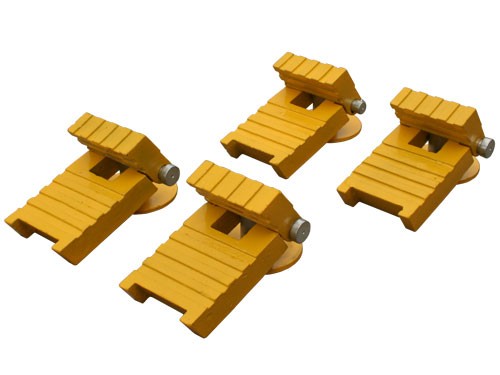Originally Posted By: doitmyself
Pinch weld use does not apply to my vehicle(s), but how do you guys avoid bending the pinch weld as in the picture below?
By raising the vehicle from the "jack point", NOT the "pinch weld". The jack point is
attached to the pinchweld.
All modern passenger cars that I know of are unibody, and all that I know of have specific jack points immediately inboard of the front and rear wheels. Many of these jack points consist of reinforced areas of the pinchweld.
See this image I copied and marked up from an earlier posting:
See how the jack point flange extends significantly below the rest of the rocker panel's weld flange ("pinchweld")? That's smart design, but many other cars have that flange just about flush with the rest of the rocker panel's weld flange. And this can cause confusion.
On all cars with such jack points it is possible to identify those points by the presence of the
double-thicknesses of sheet-steel in those locations; that's what you're looking for: doubled-up metal.
Professional garages typically use these jack points to raise the vehicle with their hydraulic lifts. Very few (vanishingly few) use rubber or wooden pads to protect the paint on the jack points.
So what about the damage to the vehicle in the image above? Judging by the narrowness of the damaged area, this was likely caused by an owner putting a stand under the weld flange, then lowering the vehicle's weight onto it.
I place my jack under the vehicle's front-center jack point (usually middle of the front crossmember) or under a suspension control arm, and the stand under the jack point. Lower the jack SLOWLY AND GRADUALLY, to make certain that the jack point will not
move out from under the stand!!!! Inspect, and place your stand accordingly!!! Remember that most floor jacks raise and lower on an ARC!




